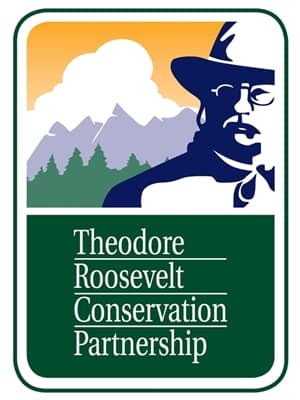Governors Must Unite to Conserve Greater Sage-Grouse, Say Sportsmen’s Groups

As the Western Governors Association’s annual summer meeting commences this morning, sportsmen are urging a collaborative approach to conservation of a species emblematic of the American West, the greater sage-grouse, whose declining population numbers could result in its listing under the federal Endangered Species Act.
The U.S. Fish and Wildlife Service must decide by September 2015 whether to list North America’s largest game bird under the act. Sportsmen are invested in averting a listing. To that end, prominent voices in the hunting and angling community are advocating development of strong conservation plans that comprehensively address all threats to sage-grouse while balancing resource development and land use in key grouse habitat.
“For more than a decade, sportsmen, developers, ranchers and the scientific community have foreseen the day when sage-grouse would be considered for listing, and many of us have been actively engaged in avoiding it,” said Steve Riley, president of the North American Grouse Partnership. “Now, however, a final decision is near. Federal and state management and conservation plans must focus on sustaining the health of the species, which can only be accomplished through extensive and collaborative management of the landscapes that support it. Failure to do so will result in states losing their leadership role in the management of these magnificent birds to the federal government.”
Sagebrush ecosystems that support sage-grouse are also critically important to more than 350 species of wildlife, including game species such as mule deer, pronghorn and elk. “There is substantial overlap in habitats used by sage-grouse and mule deer,” said Miles Moretti, president and CEO of the Mule Deer Foundation. “Thriving populations of sage-grouse are an indicator of healthy sagebrush ecosystems, and that’s good for mule deer and other species that sportsmen care about.”
Nearly half of the country’s remaining sagebrush habitat lies on federal public lands administered by the Bureau of Land Management. Private state lands are vital to the bird’s future, however, and a federal ESA listing decision also hinges on state conservation plans.
“Sound conservation plans from both federal and state governments are critical to avoiding a sage-grouse listing under the Endangered Species Act,” said Ed Arnett, director of the TRCP Center for Responsible Energy Development. “It’s not a federal vs. state problem: We’re all in this together. Governors, state legislators and local decision-makers must continue working closely with each other and with federal agencies, sportsmen and other stakeholders to sustain healthy populations of the bird.”
Sportsmen have contributed substantially to sage-grouse conservation. Western states have made longstanding investments via sportsmen’s dollars to maintain productive populations of sage-grouse and avoid a listing, contributing more than $130 million to sage-grouse management over the past decade. “We’ve put our money where our mouth is to conserve sage-grouse while relinquishing hunting opportunities in the process,” Arnett stated.
Balancing conservation with energy development, ranching and other land uses is possible, the sportsmen said, citing Wyoming’s executive order and “core area” policy on sage-grouse conservation as evidence that conservation for the bird can be pursued along with other land uses, all while maintaining a healthy economy.
“Time is running out,” said Land Tawney, executive director of the Backcountry Hunters & Anglers, which last week released a report on sage grouse conservation. “Every state with sage-grouse populations must develop conservation plans that pass muster with the Fish and Wildlife Service in order to avoid a listing. A scattershot conservation approach will fail to solve this problem. For the sake of our public lands, our resources-based economy and our nation’s storied outdoors traditions, collaboration in managing sage-grouse is vital.”

